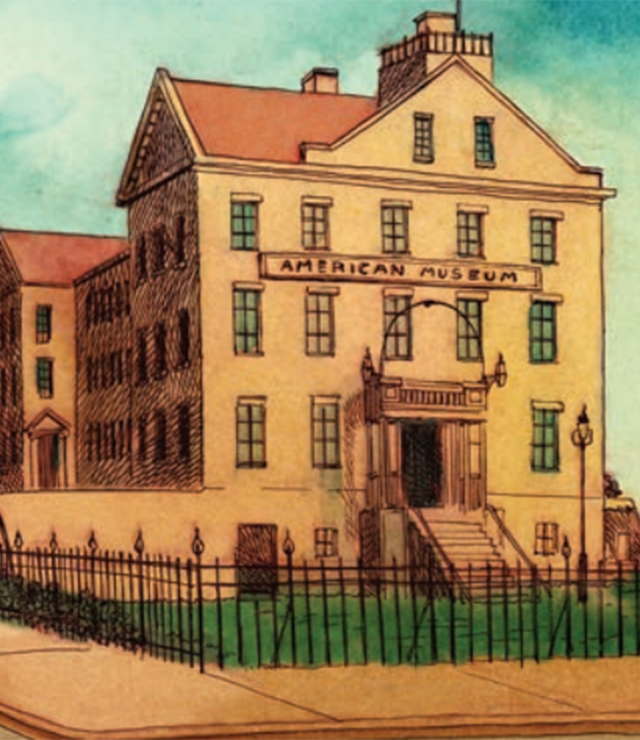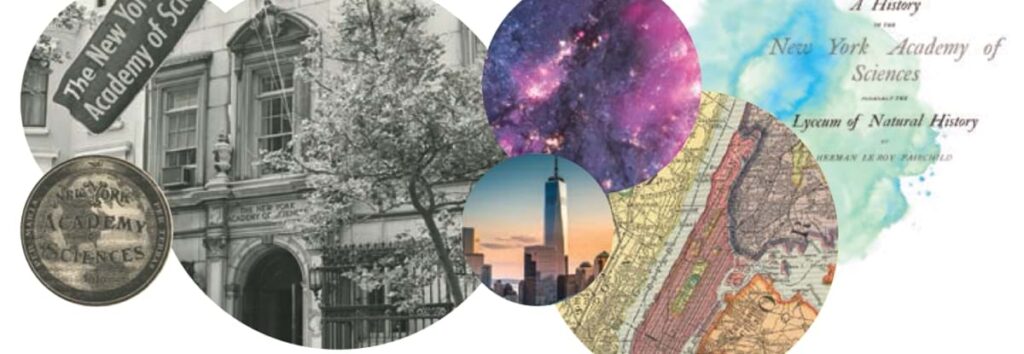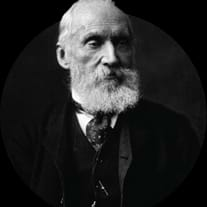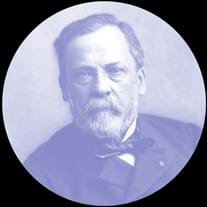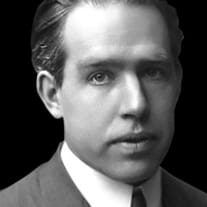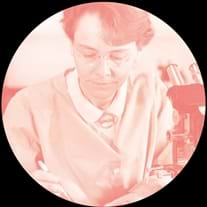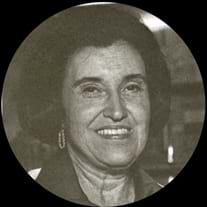
Learning how to craft a scientific paper so that it is accepted for publication takes practice. An expert provides his perspective.
Published October 1, 2019
By Douglas Braaten, PhD
Chief Scientific Officer and Editor-in-Chief of Annals of the New York Academy of Sciences

Learning how to craft a scientific paper so that it is accepted for publication takes practice. It also requires attention to details across many domains. Many advice resources are available, and I encourage any young scientist to carve out time to focus on what to do — and what to avoid — when writing scientific papers.
Before starting to write, give some thought to preparation, process, attitude and goal. Some key points I’ve learned from reading and editing hundreds of papers at Annals of the New York Academy of Sciences and Nature Immunology follow.
These two journals have very different aims, scope and readership, but similar goals of publishing well-written, well-constructed papers for the sake of readers’ understanding and clarity. Note the points below are not presented in order of importance or temporality — all are useful.
Preparation
Part of the preparation is learning as much as possible about scientific publishing in general which will help to make the process both more enjoyable and successful.
The writing of a scientific paper begins when a lot of hard work has been done already. Completion of a series of experiments that demonstrate a statistically relevant discovery is the foundation of all good scientific papers.
That’s not to suggest that one can’t have a reasonably clear picture of what a paper might look like along the way of performing experiments. Indeed, designing experiments — the order and what’s required — is often critically informed by one’s experience in crafting a good scientific paper.
However, it’s never a good idea to start before a complete set of experimental results has been gathered. Doing so can reverse the circle from “now that I have a set of data how best can it be presented?” to “what experiments do I need to do to finish my paper?” the latter being the wrong way around.
Don’t get caught in the trap of needing to do an experiment in order to finish a paper. Instead, set out to perform the complete set of experiments necessary for readers (in particular peer reviewers!) to agree with you that the conclusions are supported by the data. And then write.
Process
Consider who will need to read your paper before it is accepted for publication.
Among the best papers I’ve read are those that have been prepared for a particular journal and its readership. Writing to achieve those goals may not seem as important as simply describing the data. It’s critical, however, to write for readers and to prepare a paper with specific audiences in mind. These two points are often ignored. The journal editors must find it suitable for their journal, believe a given paper presents good data, and does so clearly enough to send it out for peer review. Next, while the process of peer review can vary among journals, papers at most journals are sent to at least two external peer reviewers. These individuals — very busy scientists, often pressed for time and overloaded with work — volunteer their time to comment on papers.
More than anything, peer reviewers hate papers that are overly long, vague and not crafted for readers. By accepting to review a paper, reviewers by and large give benefit to any doubt that it presents interesting information and data. Give them what they want without distractions.
Reviewers and editors are busy individuals — don’t hobble yourself by ignoring the fact that they can be easily put off by sloppy and careless writing.
Attitude
Some of the above considerations of process are also considerations of attitude. It’s critical for authors to set and maintain a level of respect and collegiality for everyone involved when preparing and submitting a scientific paper — from submission, to peer review, production and every step through publication.
In my experience, the most successful authors are those whose attitude reflects the ideals of both achievement of work and an earnest, genuine desire to share important new information with the scientific community.
In contrast to that, an attitude of entitlement to be published is immediately noticeable to editors and, especially, to peer reviewers. I have seen good papers that may have only needed minor improvements as recommended by reviewers, upended by rejection because the authors believed they were in the right and didn’t need to make changes.
Even the most experienced scientists know it’s their responsibility to maintain an open, respectful attitude during the publishing process. Ignoring this imperils your aims for little more than an overly needy ego. Consider it a privilege to have your scientific paper evaluated and published.
Goal
Much of the above could have been included in a discussion of scientific author goals. The right preparation, a well-considered process, and a collegial and respectful attitude are certainly worthy goals.
Less obvious, yet equally important is considering the audience from the perspective of readers who want Open Access (OA). The interest in scientific papers to be OA is now so intense that it’s important for authors to consider OA for every one of their papers.
Indeed, so many funders are pushing for not only OA, but for other forms of pre- and post-publication access to scientific data that it behooves every author to consider both the laudable goals of OA and the ramifications for scientific publishing. Fortunately, many online forums present extensive discussions — e.g. oaspa.org.
As the OA movement grows — and there’s no doubt that it will — authors must consider whether they will submit only to OA journals to support the goal of open information. At the same time, they should consider that publishers of OA journals will feel increasing pressure to seek more and more submissions to cover their publication costs as subscription revenue declines. Authors will surely experience this increasing pressure, as it will undoubtedly affect the publishing process.
For example, more papers to evaluate increases the burdens on everyone involved — editors, reviewers, production staff. Ensuring you do all that you can as a responsible scientific author will likely help achieve your personal aims of publishing and of contributing openly to scientific progress. And while much more can be said about how to publish successfully, keeping in mind preparation, process, attitude and your goal should help.
